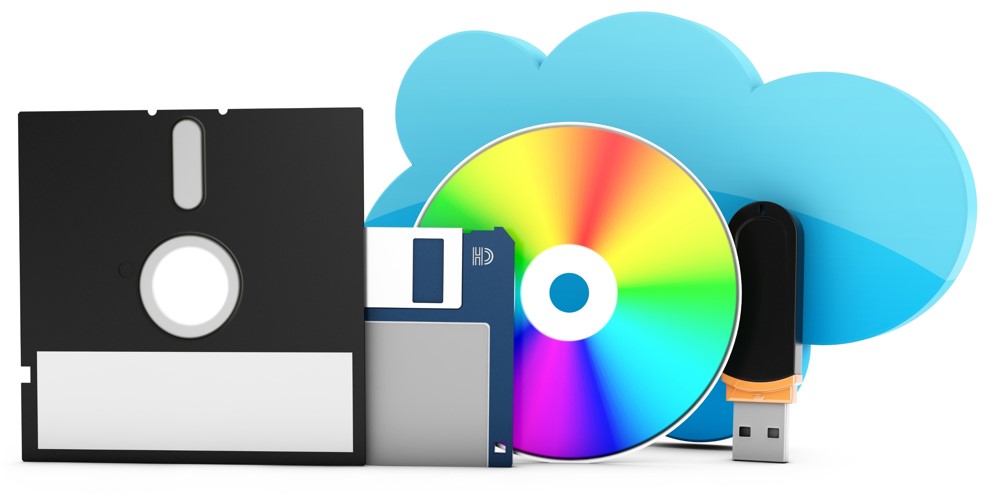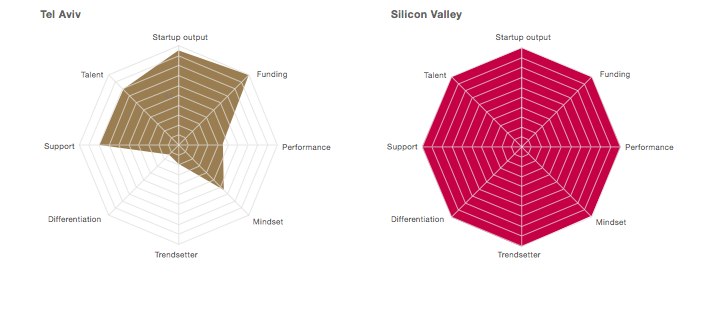It is quite conventional to say that we are currently living in the information age, a unique period in history characterized by the shift from traditional industry to information-based industries. The term information age is a product of the advances and changes in computer technologies, which allowed for the gathering and almost instantaneous transmission of vast amounts of information widely available worldwide.

But, where? And at what capacity?
A Brief History of Data Storage
Skipping past prehistoric and ancient storage ‘solutions’ (cave paintings, engravings on stone tablets), paper was the longest acceptable and primary means of data storage. In the hundreds of years that followed the introduction of paper to the West, not much has changed in terms of data storage devices. The oldest known ‘modern’ form of information recording appeared only 200 years before computers existed – the punch card. Developed in the early 18th century, punch card programming was used for a variety of mechanisms, such as player pianos, textile looms, and (some years later) even data processing (ballot counting, population census). Around this time, filing cabinets – considered an early form of multi-file compression) – became popular too. These old media technologies are considered the first major changes in how businesses collected and processed information.

The most remarkable development in the evolution of storage devices is the continuous reduction in size of device along with the increase of storage capacity. Towards the turn of the millennia, the USB flash drive and Secure Digital (SD) memory card were introduced, both using flash memory technology to store data electronically at unprecedented capacities and compact proportions. When it comes to storage, data back-up, and transferring computer files, flash drive devices have all but replaced CDs and floppy disks, the latter rendered obsolete. The removable and rewritable ‘plug-and-play’ USB storage device became instantly popular due to its small size and portability, not to mention the availability of today’s model in a multitude of amusing shapes and creative designs.

Although generally regarded as a 21st-century innovation, the overarching concept of cloud computing is rooted in the 1950s. Still, it wasn’t until 2006 when Amazon launched its Elastic Compute cloud (EC2) as a commercial web service that the cloud really rose up to become the preferred method of storage for businesses. It’s estimated to continue rapidly growing; as of 2013, the cloud is estimated to contain more than 1 Exabyte of data. Where it will be 10 years from now is anybody’s guess.
** For a brief history of the cloud, check out this great infographic: Cloud through the ages: 1950s to present day
The Future of Data Storage: Pushing the boundaries
With billions of people using the cloud for backup storage and accessing their social media, email, apps, etc. – a figure that is expected to multiply in the years to come – it seems that cloud computing is here to stay. Merely in its beginning, cloud computing offers numerous exciting developments just around the corner, ensuring us storage and access to the world’s ever-expanding amounts of data.
Major cloud players like Amazon, Google, Microsoft, and Facebook are continuously researching and working on data storage innovations to facilitate and lead major industry trends.

So what does the future of data storage hold? When it comes to cloud computing, the sky is the limit!




![Anatomy of OurCrowd’s Innovative MedTech Portfolio [Infographic]](https://blog.ourcrowd.net/wp-content/uploads/2016/02/MedTech-infographic-blog-post.jpg)



